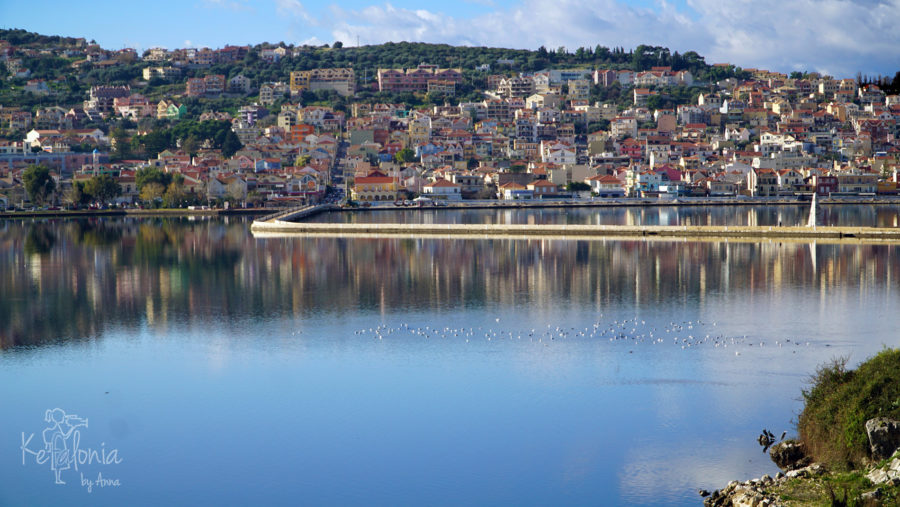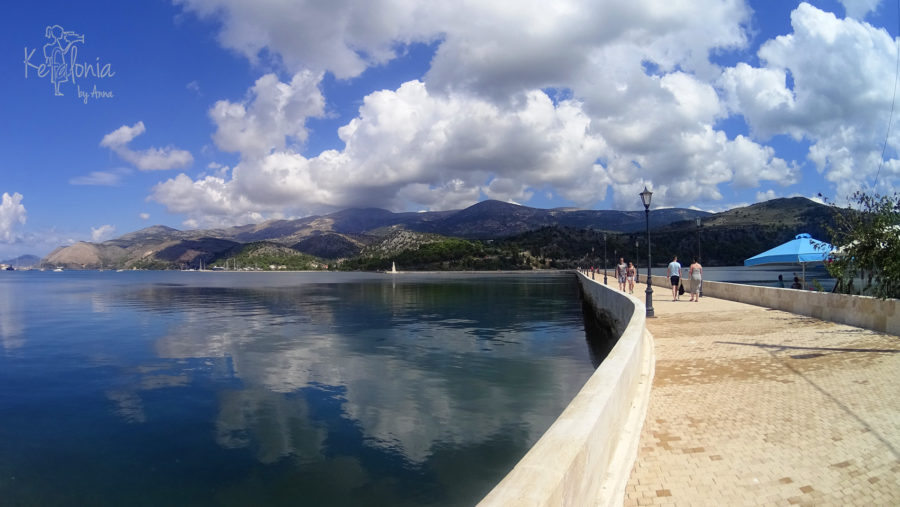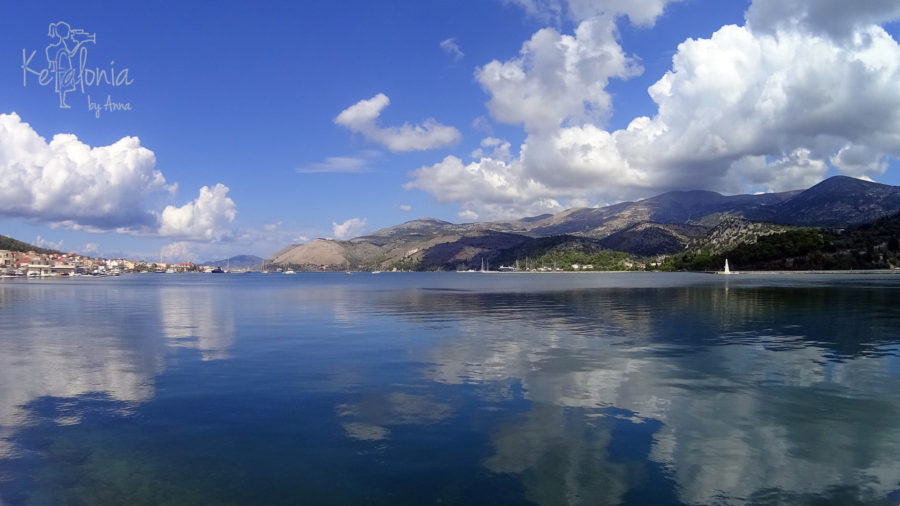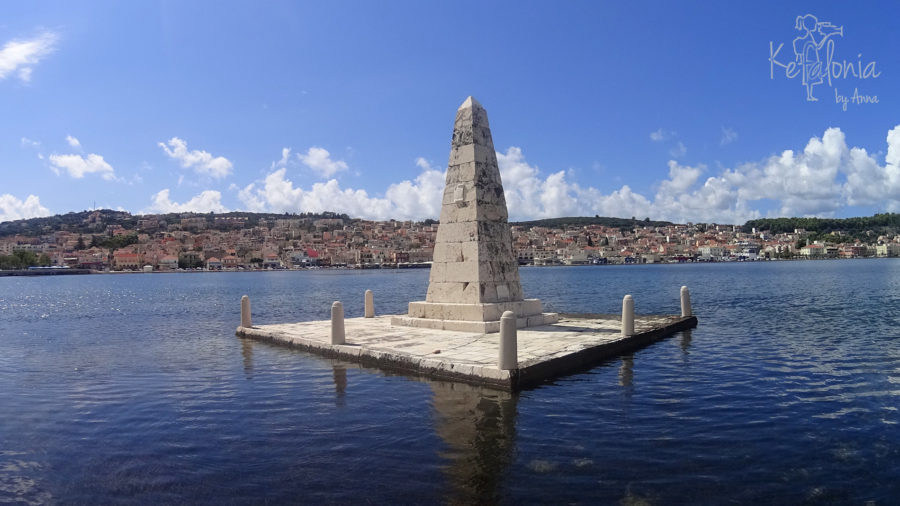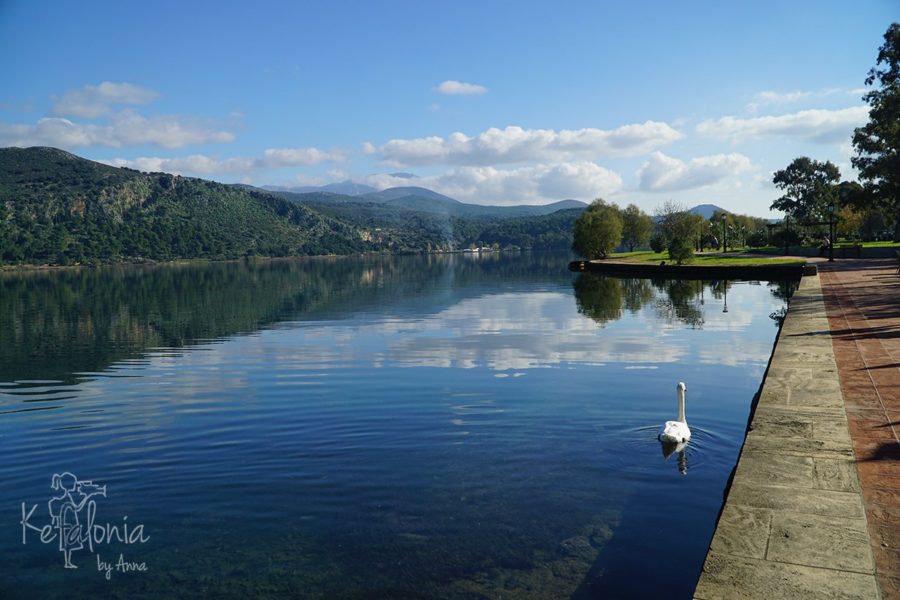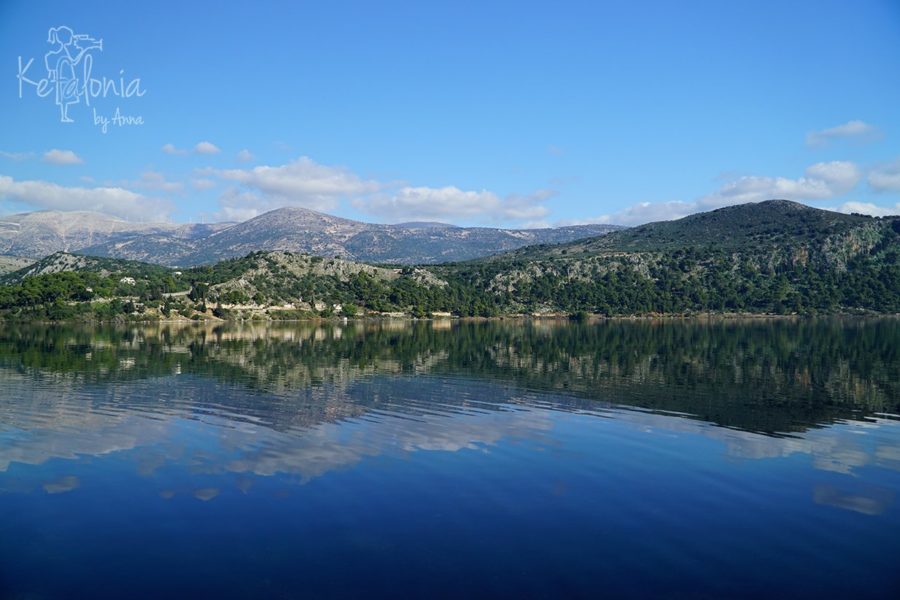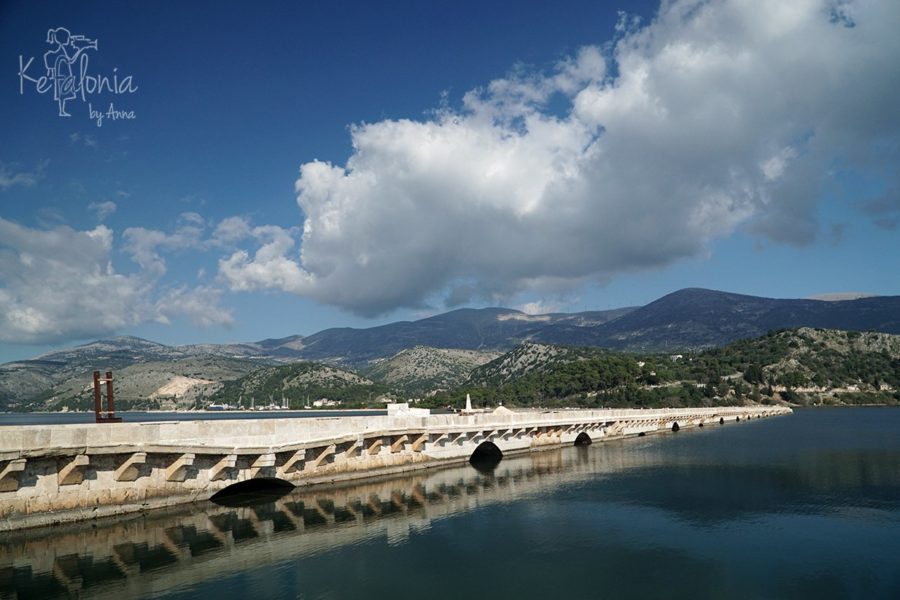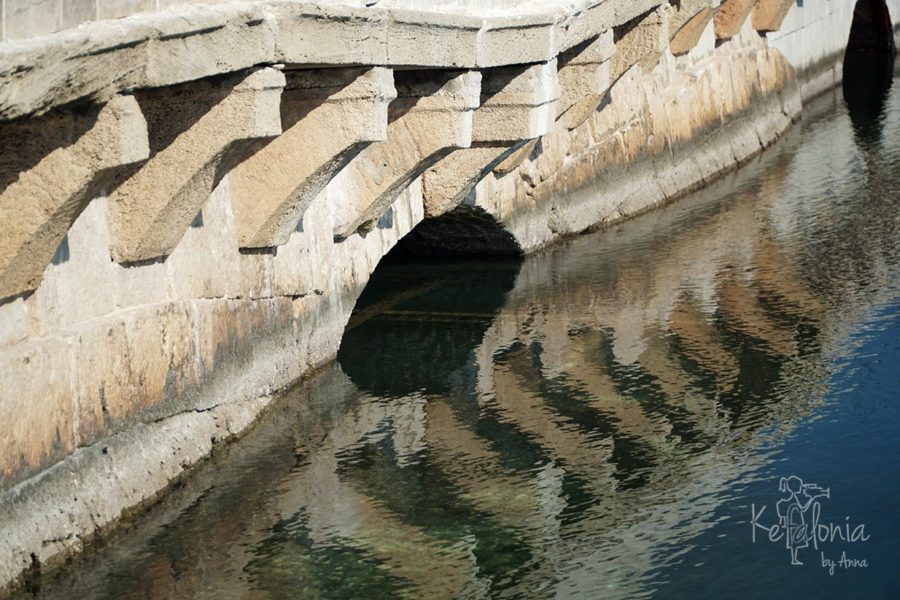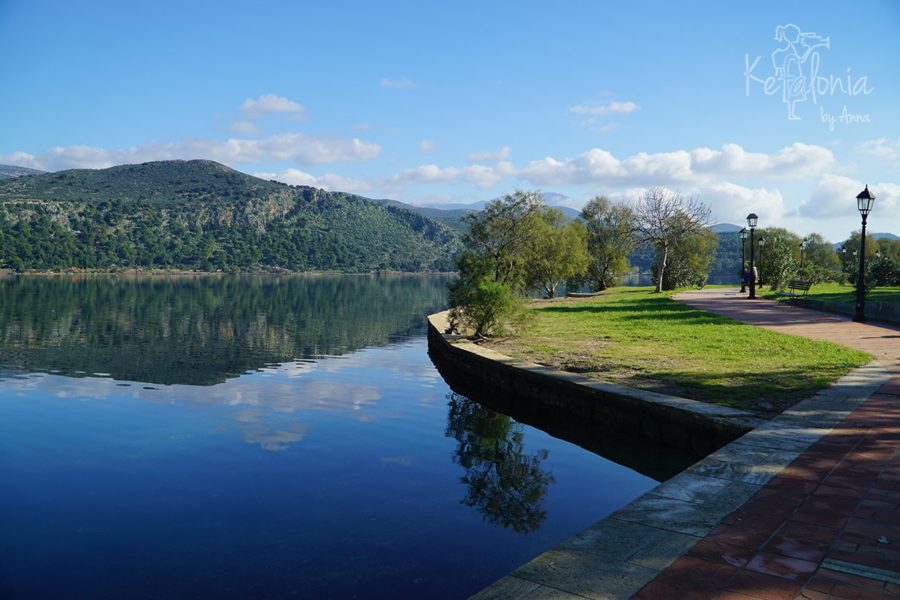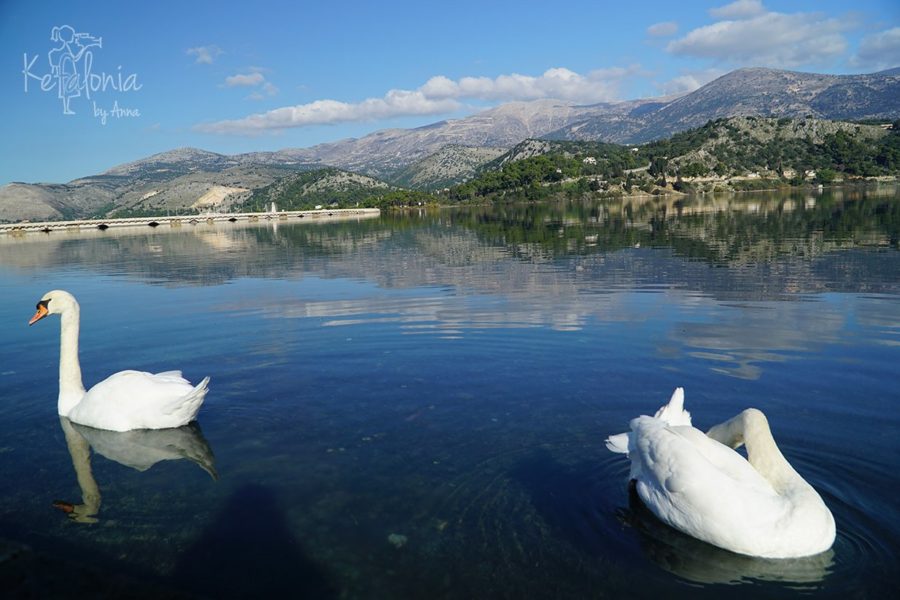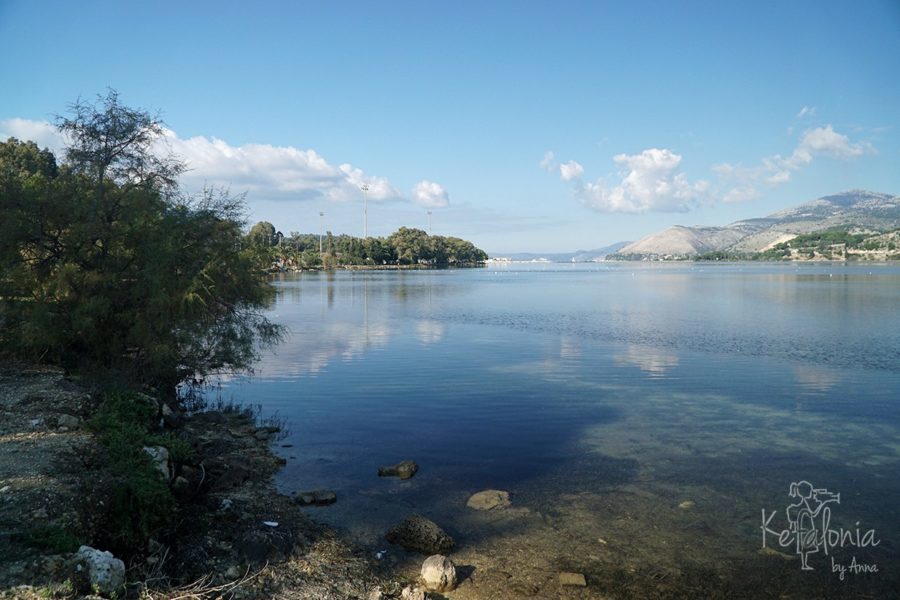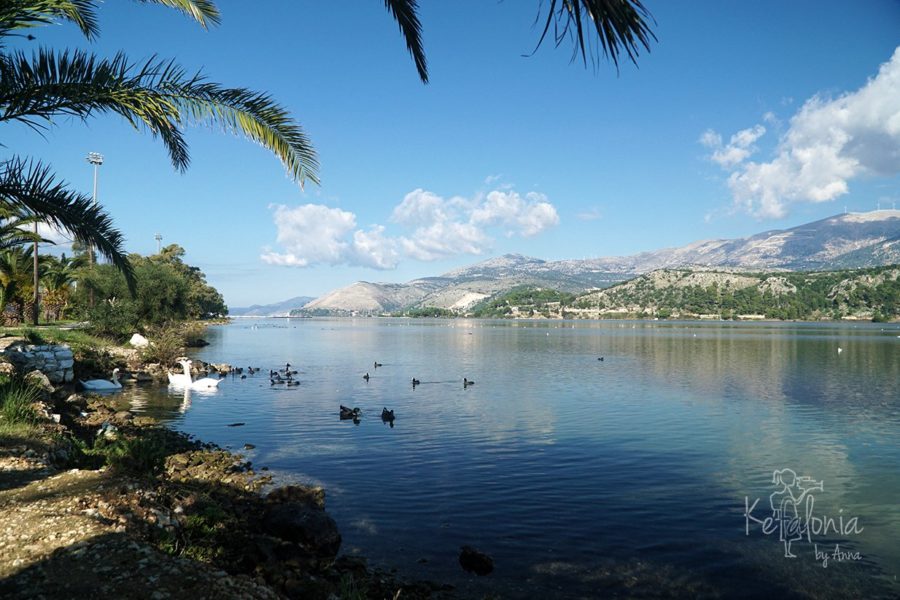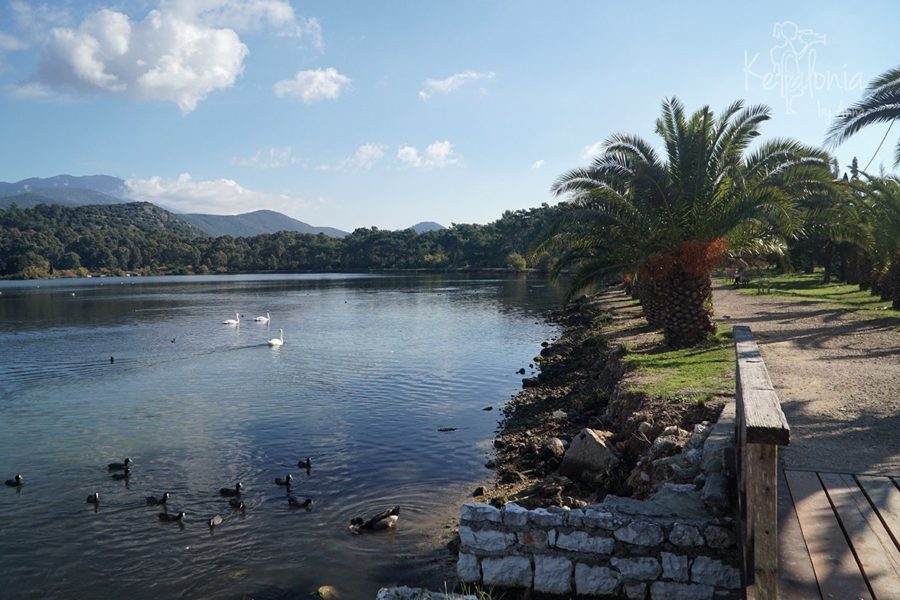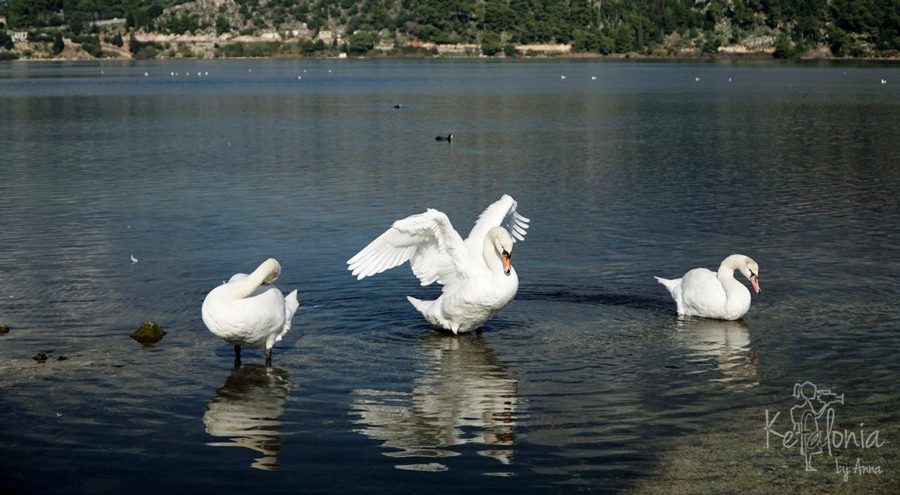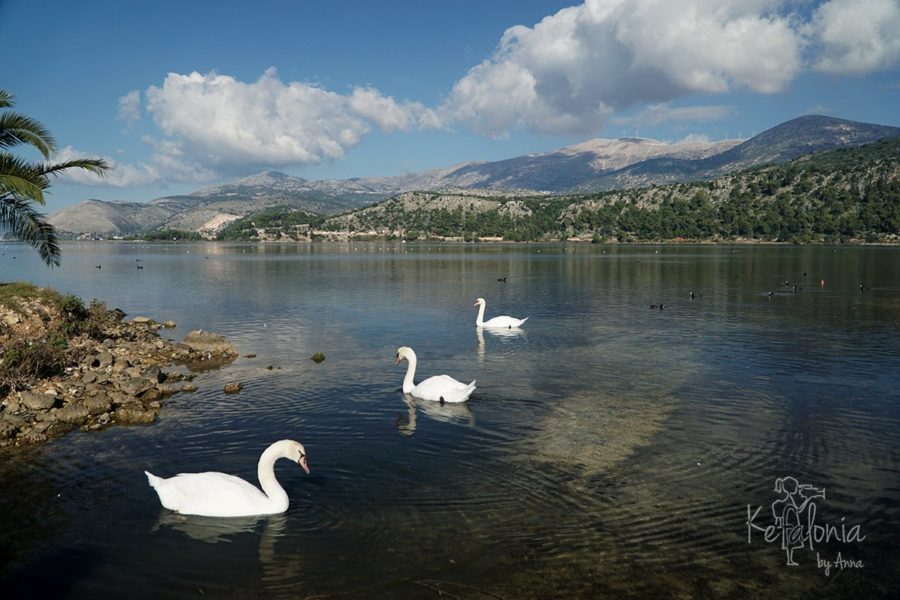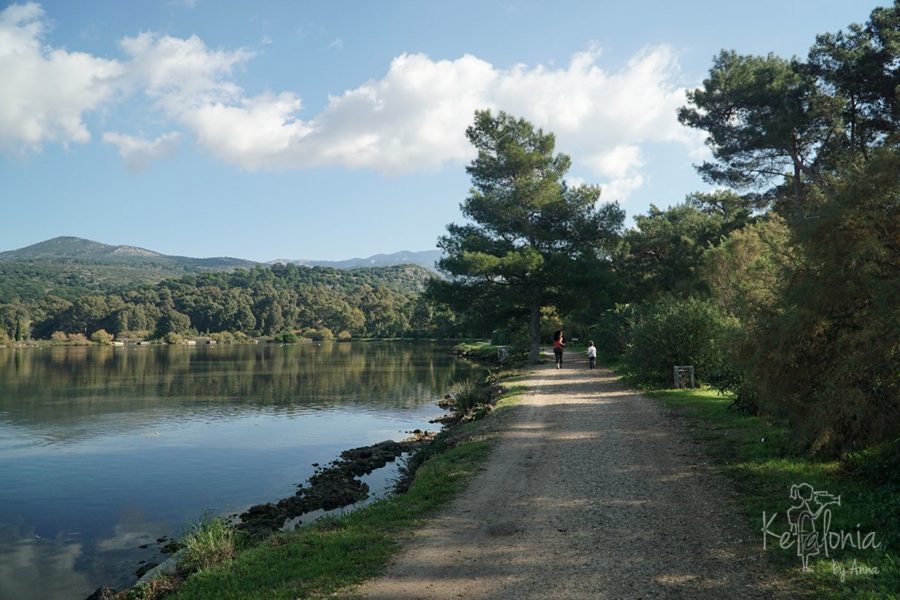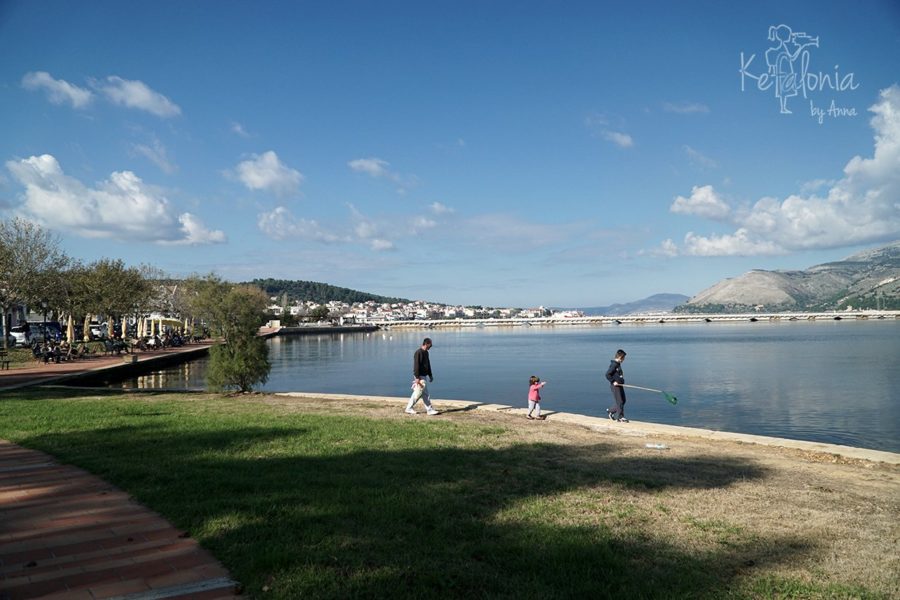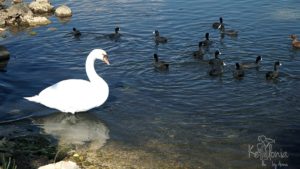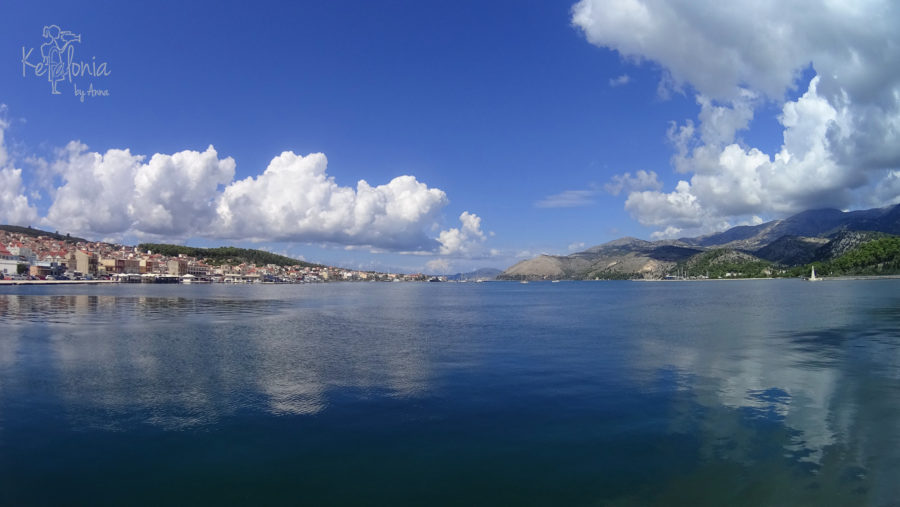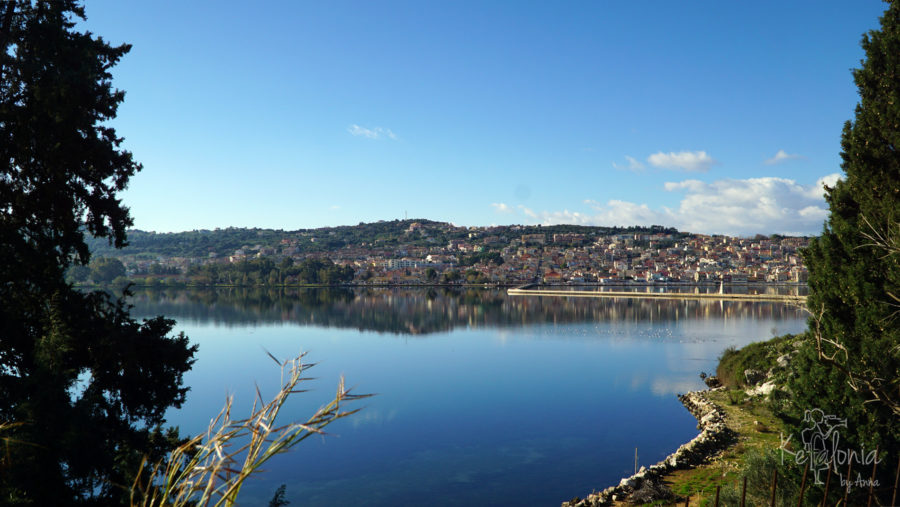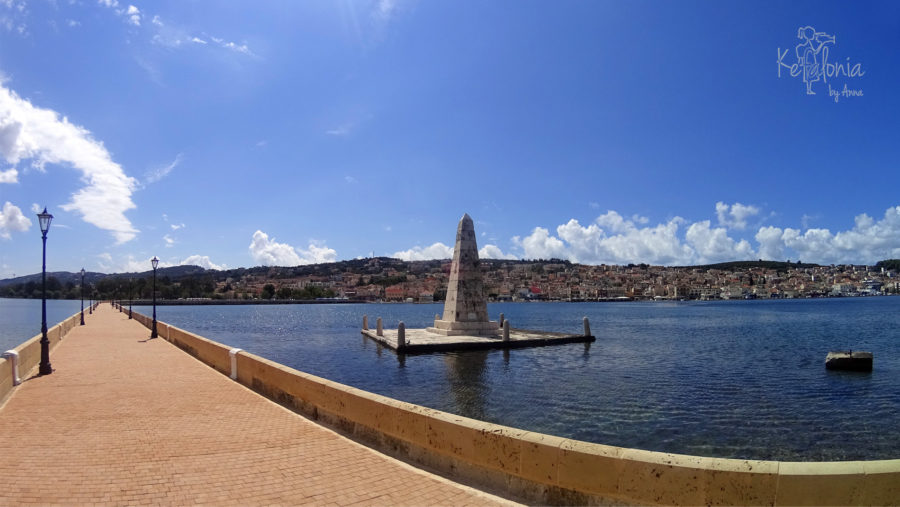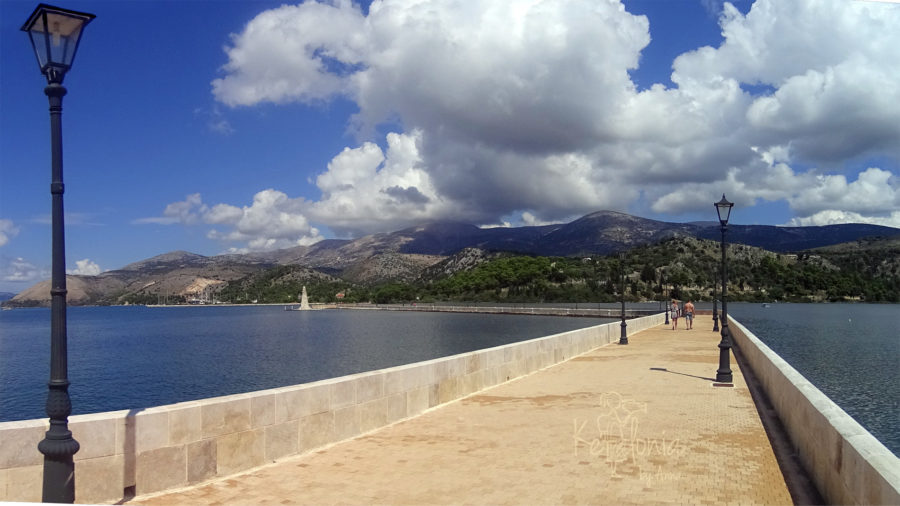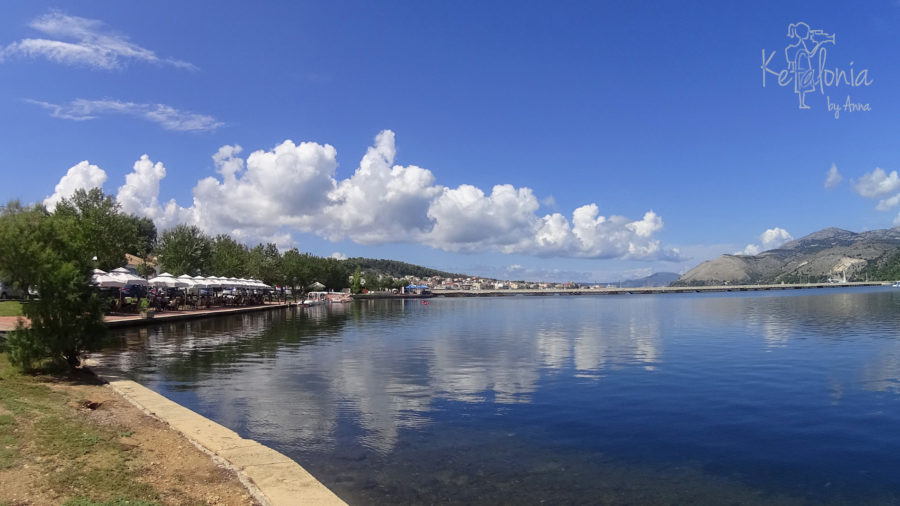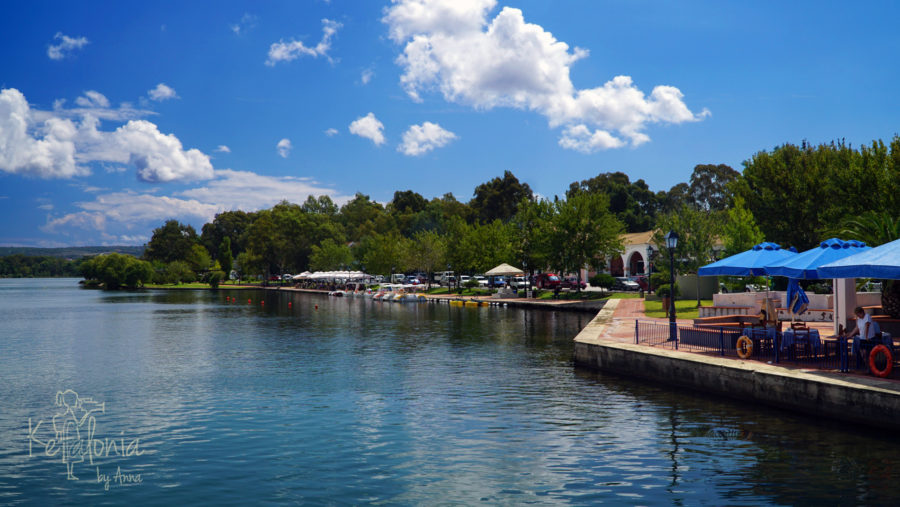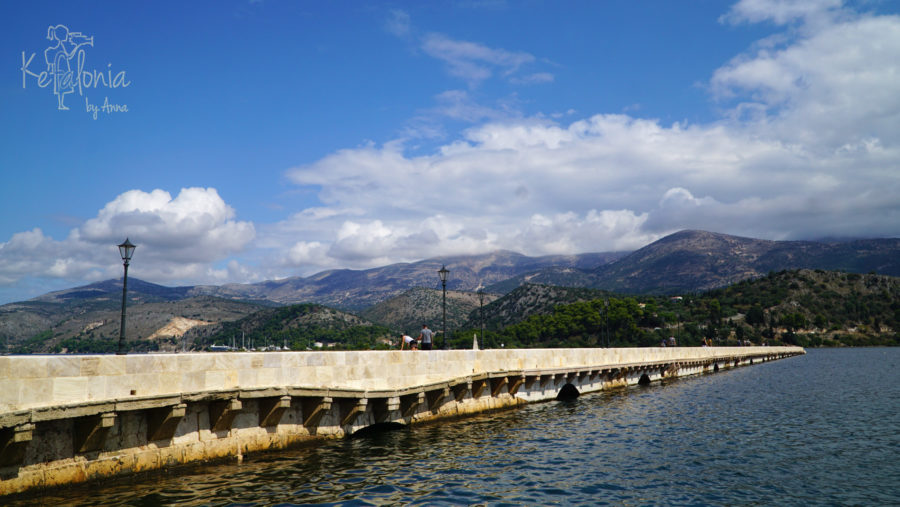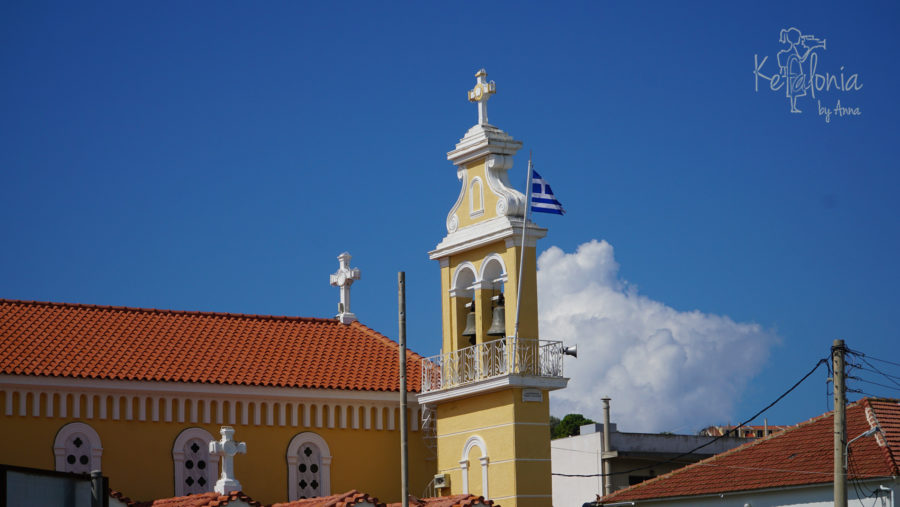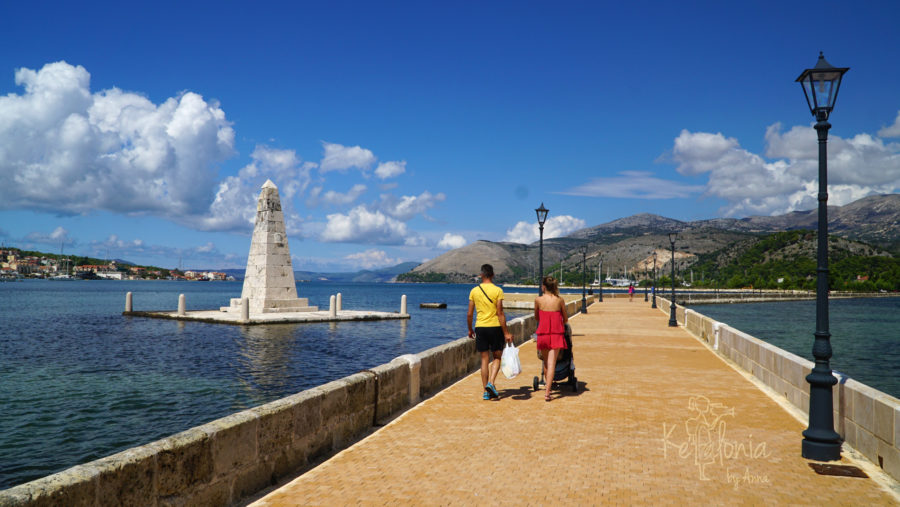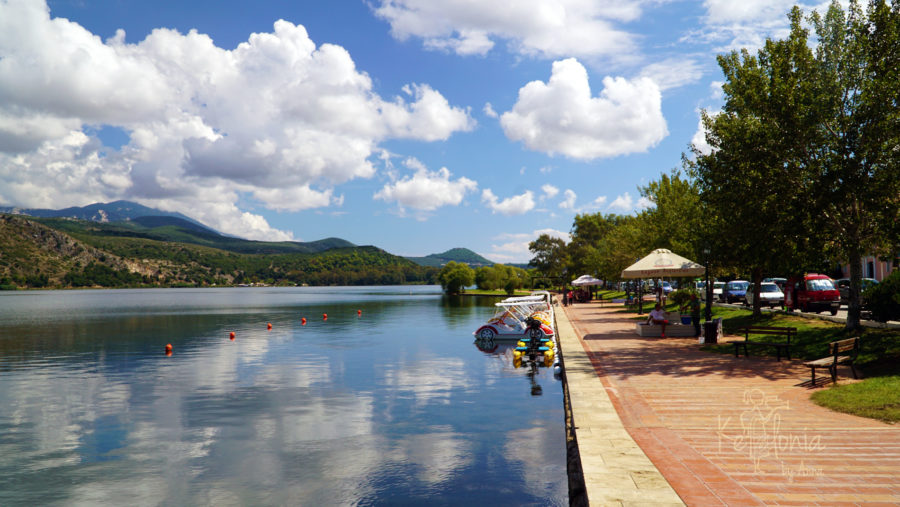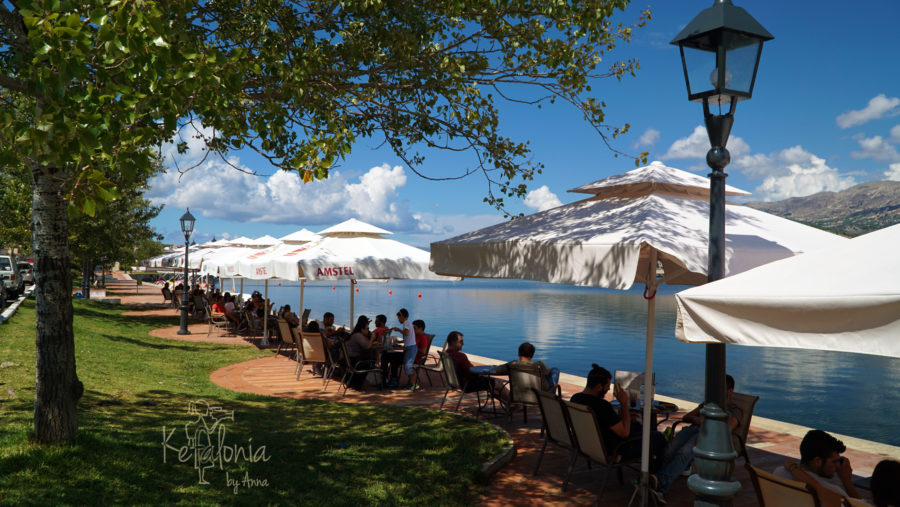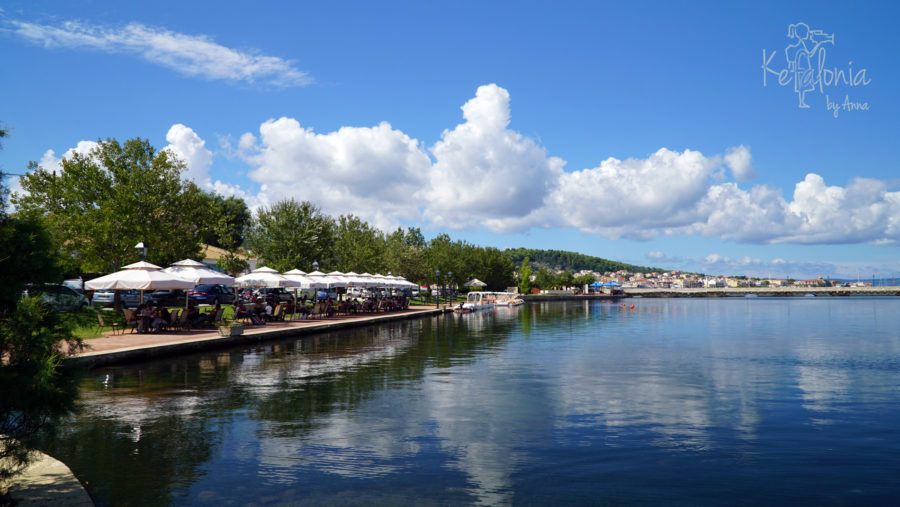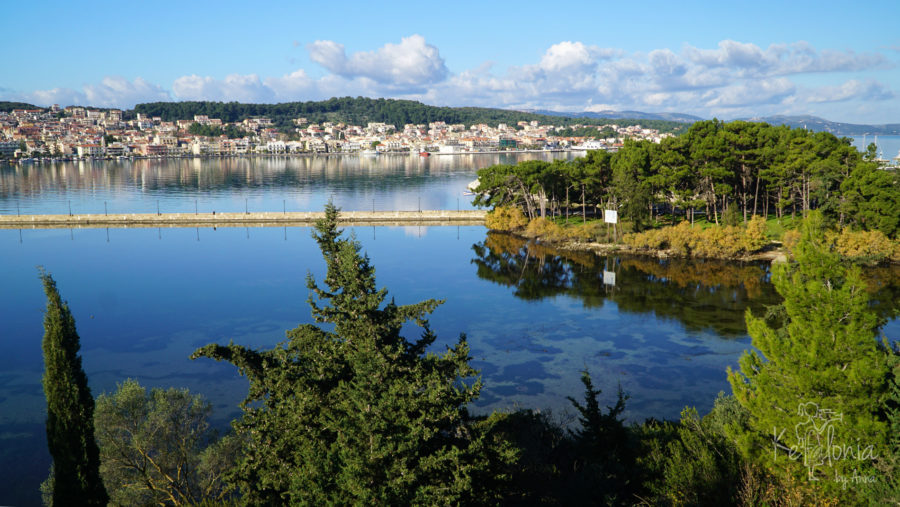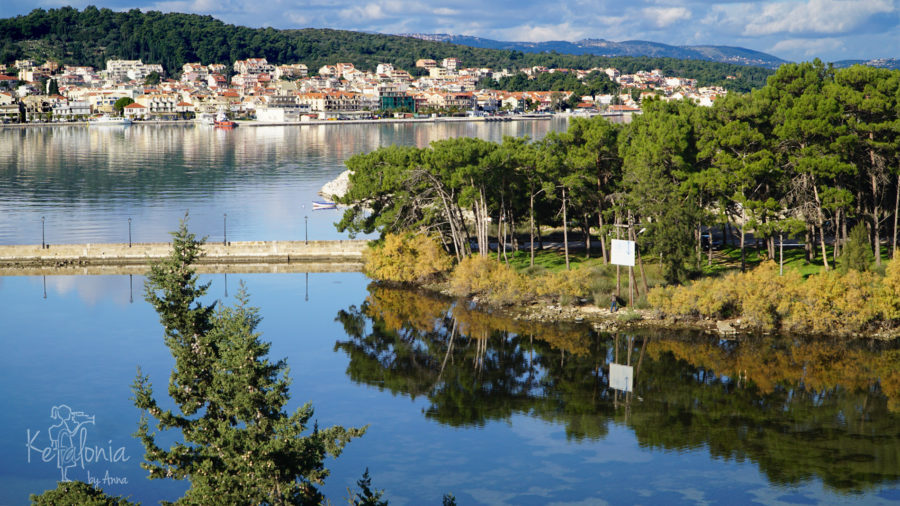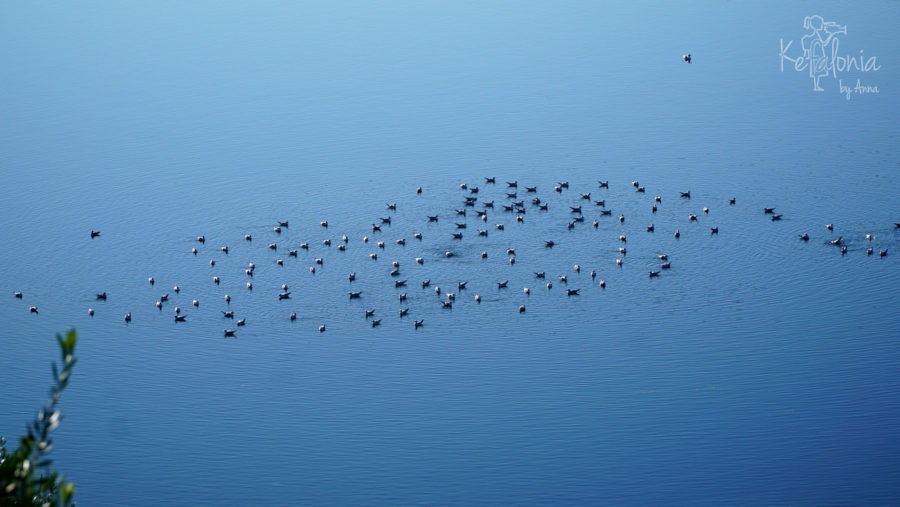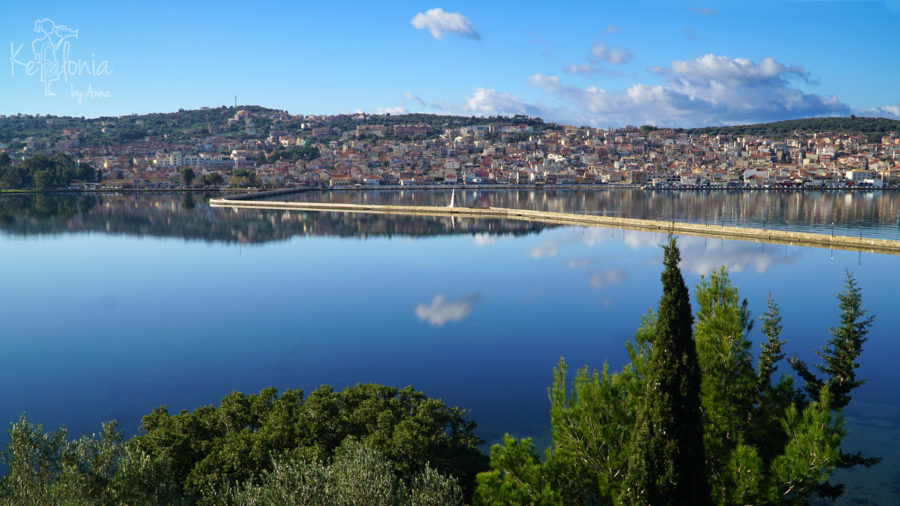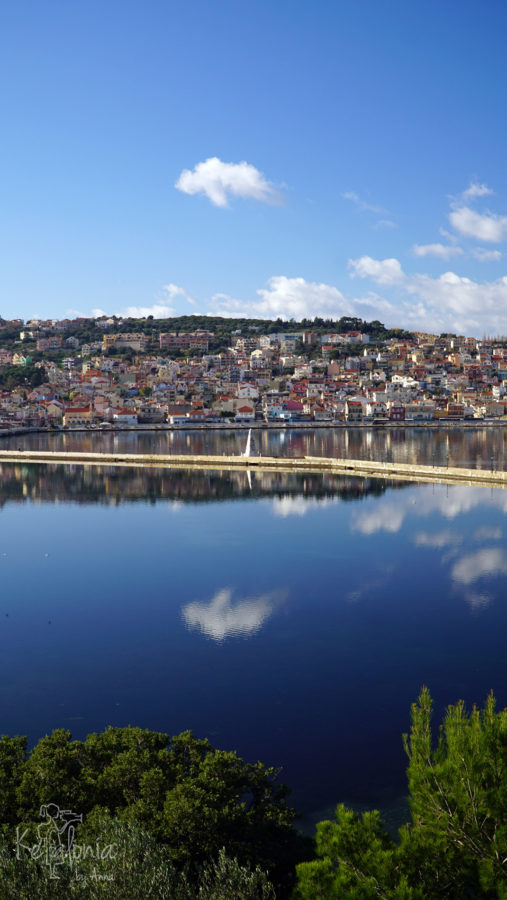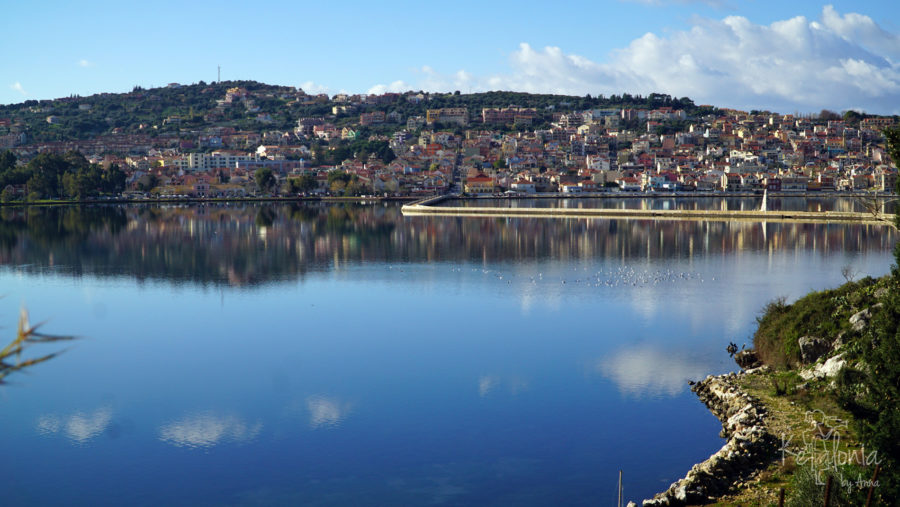The De Bosset Bridge has been recently renovated and offers a majestic sight for locals and visitors alike; take a stroll over it to admire its architecture, views of the surrounding area and the stone column (obelisk) which was built by the British to commemorate their stay.
One of the best attractions in the capital of Kefalonia, Argostoli, is the Koutavos Lagoon, a feeding ground for the turtles Caretta Caretta, wild ducks, black-headed hens and swans, a variety of fish and a stop for many migrating birds. It has taken its name from the ancient word “Kottavos” meaning wash bowl. Now a nature reserve, it was once an almost impassable swamp where mosquitoes and malaria were rife until the Drapano Bridge was constructed in 1813 to improve access to Argostoli from the villages across the bay. Nowadays the bridge is a wonderful walk for pedestrians, from where the visitor can admire the whole of the capital as well as the lagoon itself which is a wonderful sight. A small islet stands in the centre of the lagoon but is out of bounds for the visitor as it serves as a nesting and feeding ground for waterfowl.
From the harbour front, one can walk or cycle along a magic path around the lagoon for 6,5 km to a shady forest of rare trees that constitute the town’s largest park.
In October 2018 the beautiful De Bosset stone bridge which spans the Koutavos Lagoon in Argostoli officially became the world’s longest stone bridge on a seawater body. The bridge was constructed by Colonel Charles Philip de Bosset (a Swiss engineer in the employ of the British army) when General Sir Charles James Napier was the Governor of Kefalonia. The first construction was a wooden bridge called Drapano in the centre of Koutavos lagoon connecting the capital with the surrounding villages. Four years later stone arches were added and, after some 26 years, the entire bridge was rebuilt in stone. The De Bosset Bridge has been recently renovated and offers a majestic sight for locals and visitors alike; take a stroll over it to admire its architecture, views of the surrounding area and the stone column (obelisk) which was built by the British to commemorate their stay.
